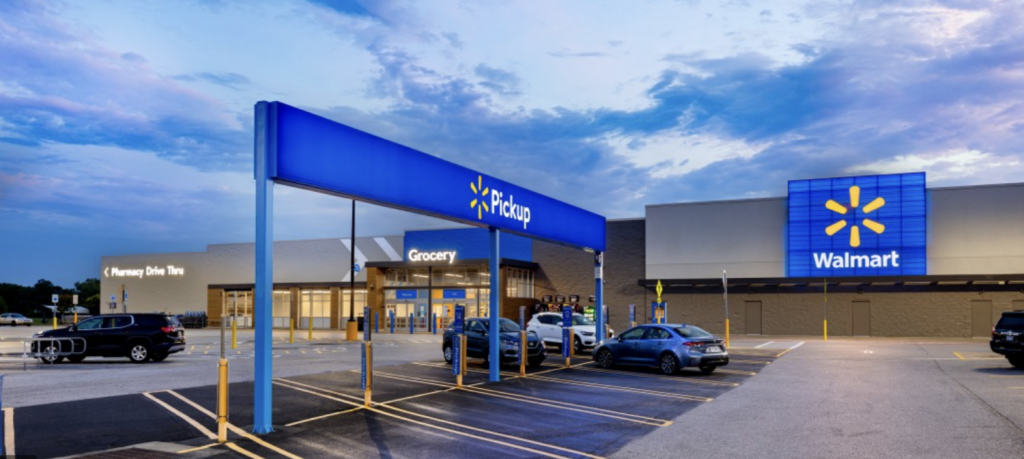Shoppers Abandoning Walmart After They Implement New Theft Deterrents
Shoppers are increasingly opting not to shop in person at Walmart following its implementation of anti-theft measures, like putting low-cost products in glass cases under lock and key.
This article is more than 2 years old

We’ve all seen viral videos showcasing large groups of individuals rushing into a store, pocketing everything they can, and leaving quickly. But there are also plenty of other forms of theft that retailers like Walmart have to combat. The rampant shoplifting has forced stores to take drastic actions, resulting in the unwelcome news of fewer loyal customers.
The high level of theft at retail establishments poses a serious financial risk for companies like Walmart. It all has to get categorized as a loss. And the drastic increase in loss industry-wide is jaw-dropping.
According to Yahoo! Life, “The 2022 National Retail Security Survey from the National Retail Federation (NRF) found that retail shrink, the loss of inventory from things other than sales, now amounts to a nearly $100 billion problem. The main driver of that shrinkage is organized retail crime (ORC) incidents, which the average retailer saw an increase by 26.5 percent in 2021, according to the survey.” And the most sought-after items are health and beauty, apparel, footwear, electronics, and accessories.
Walmart, and other major retailers, have struggled to get a handle on the theft. Unfortunately, all previous mitigation attempts failed. So they decided to make some drastic changes.
One of the adjustments was to start locking up products. Now, customers can only get what they came for if they are lucky enough to find an employee. And that can be challenging with the high level of job vacancies.
At some locations, Walmart decided to test a newer locked case controlled via a smartphone rather than the traditional key. But they’re not alone. Walgreens and CVS have followed suit, putting high-demand items behind lock and key.
The attempt to prevent theft has worked, which is good news for retailers. However, it has also had an unwanted side effect. And that is upsetting loyal customers.
And those upset customers are taking to social media to vent their frustrations. One tweeted, “Everything is under lock and key as if we’re all thieves. You have to take around an attendant to unlock the cabinet when you want eye shadow.”
Another said, “They have socks under lock and key. Socks!” The good news for customers is that they are not alone in voicing frustration over locked cases.
Many industry experts have weighed in on the conversation as well. One of their primary concerns is the impact on customer experience. While customers may get frustrated by the steps companies like Walmart are taking, for the most part, they understand why.
However, that semi-patience won’t last forever. And locking up low-price everyday items is not a long-term solution for the customer or the company. The CEO of Indyme, which makes many security devices for Walmart and other retailers, is vocal in his opposition.
Joe Budano believes that putting products under lock and key is “a solution of last resort.” And part of his reasoning is that the data shows a 15 to 25 percent drop in sales for locked-up items. So his company offers an innovative new solution for retailers battling high theft rates.
The Freedom Case has a name fitting the American spirit and our DIY mentality. This loss prevention tool allows stores to safely secure their products while still providing customers the freedom to shop. All shoppers need is their phone, and they can access the case without searching for an employee.




